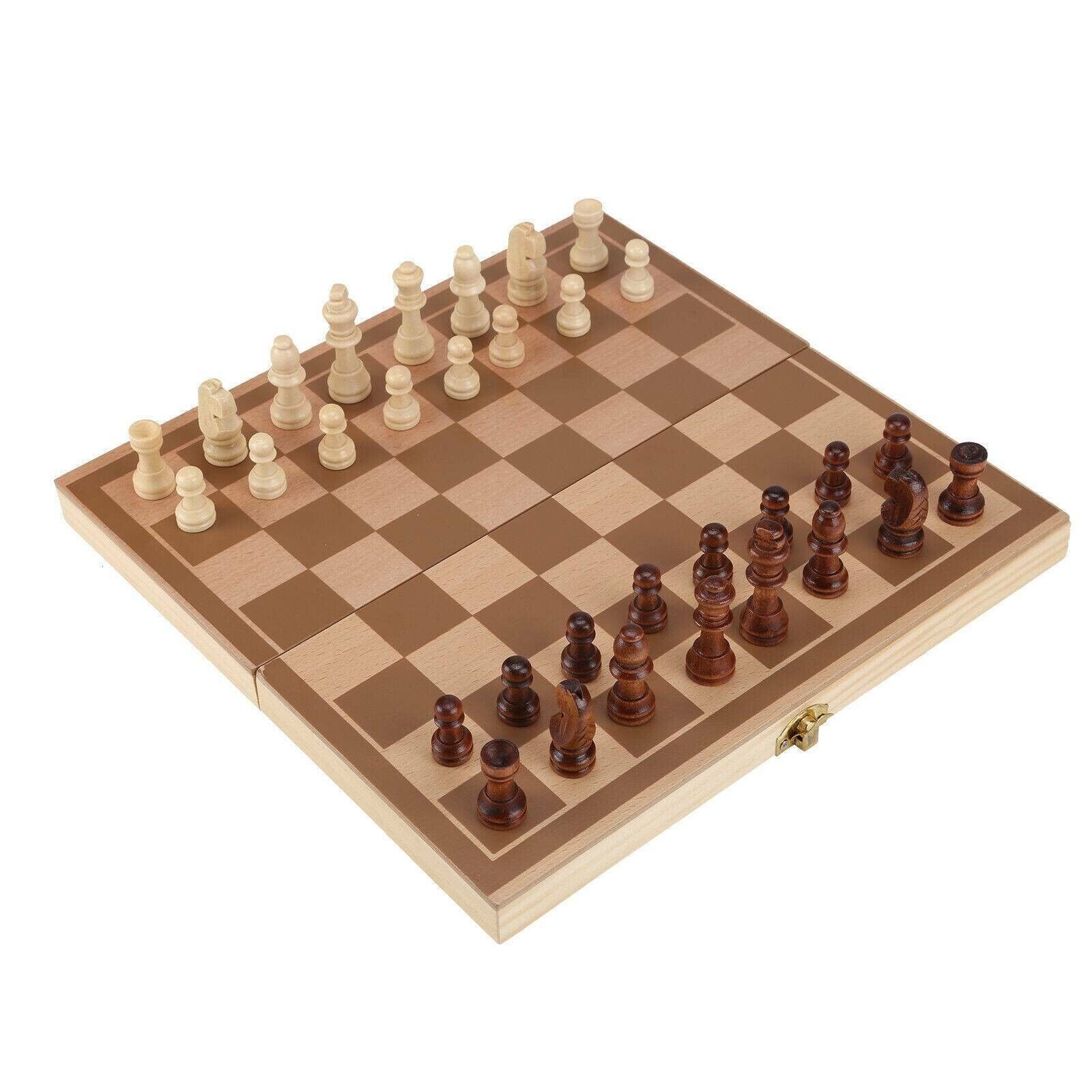Chess (1475)
Chess
Chess is a popular and significant board game with a history dating back nearly 1,500 years to its earliest known predecessor, Chaturanga, in India. The game has spread throughout Asia and Europe over the centuries and has evolved into the modern form of chess we know today. Chess is played in over 150 countries and has a rich history involving various cultures and civilizations.
Game Components of Chess
How To Setup Chess
To set up Chess, place the board in the middle of the playing area. Each player sets up their pieces on the first two rows of their side of the board. The first row (back row) contains the rooks, knights, bishops, queen, king, bishops, knights, and rooks from left to right. The second row (front row) is filled with pawns. The king is placed on the square labeled ‘e’ (the fifth square from either side), and the queen is placed on the square labeled ‘d’ (the fourth square from either side).
Gameplay Mechanics and Game Objective
Player Experience
Playing Chess is a deeply strategic and mentally challenging experience. It requires forward thinking, planning, and analytical skills. Each game can vary greatly depending on the opening moves and the strategies employed by both players.
Pros
Cons
Personal Thoughts on Chess
Chess is for anyone interested in strategy and mental challenge. It is a game that caters to both casual and competitive players. Whether you are looking to improve your cognitive skills or simply enjoy a stimulating game, Chess is an excellent choice. However, it may not be the best fit for those seeking fast-paced action or immediate gratification, as it requires patience and dedication to master.
We are supported by our audience. When you purchase through links on our site, we may earn an affiliate commission, at no extra cost for you. Learn more.

